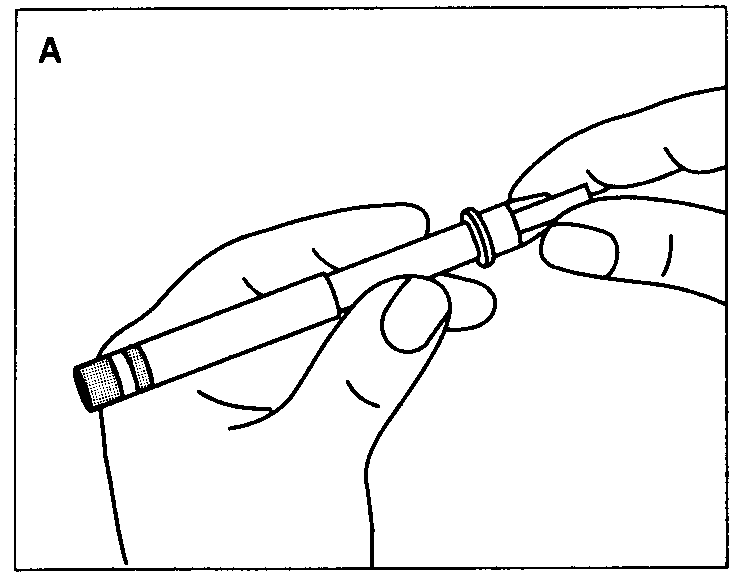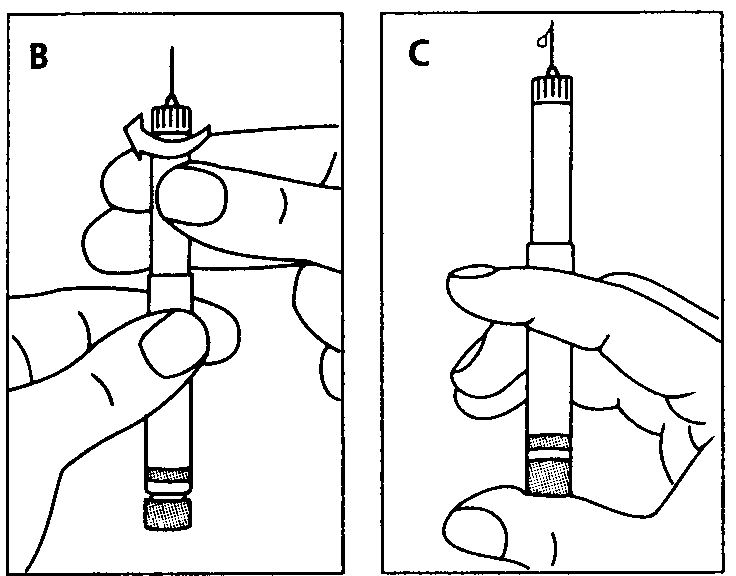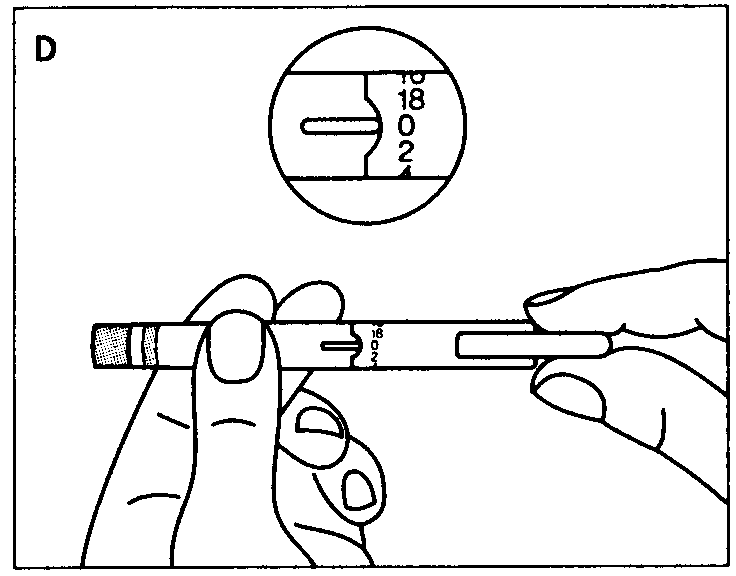Hyperglycaemia (high blood sugar)
This results from taking too little insulin in relation to your food intake or exercise. If your blood sugar is high you are likely to be very thirsty and will need to pass urine frequently. Prolonged high blood sugar may eventually lead to coma. If your blood sugar level rises to high levels check your urine for ketones. If ketones are present contact your doctor immediately.
Side effects
Side effects to insulin are rare. The most common is itching or redness at the site of injection. If you experience any skin reaction at the injection side, tell your doctor as soon as possible.
When insulin treatment is first started you may get swollen feet and blurred vision in the first week or so. These problems usually disappear with continued treatment; tell your doctor if they persist.
Changing to human insulin
You should only change to human insulin on your doctor’s advice.
Transfer from porcine to human insulin of the same type, does not normally require a change in dosage.
Transfer from bovine or mixed bovine/porcine insulins to human insulin may require a dosage adjustment; follow your doctors advice on this.
A few patients have reported that after being transferred to human insulin, the early warning symptoms for hypoglycaemia were less pronounced than they were with animal source insulins.
***Storage of disposable pen preparations
As with all insulin preparations, store your full packs of disposable pens, and pens not in use, in a refrigerator at 2° to 8°C, but do not allow the insulin to freeze.
Pens which are in use must not be kept in a refrigerator. Pens in use or carried as a spare can be kept at normal surrounding temperature (e.g. in the pocket or handbag) for up to one month, but should not be exposed to excessive heat or sunlight.
What's in your medicine
Actrapid Pen contains 3 ml of a solution of human insulin (pyr) in a strength of 100 iu/ml; it is a clear, colourless liquid. Actrapid Pen also contains glycerol, and m-cresol as added preservative.
Instructions for use
Please read these instructions carefully before using your disposable Pen.
Actrapid Pen must only be used with NovoFine® needles.
- Preparing the Pen
Check that your Pen contains the correct type of insulin. Pull off the cap.
Disinfect the rubber membrane.




